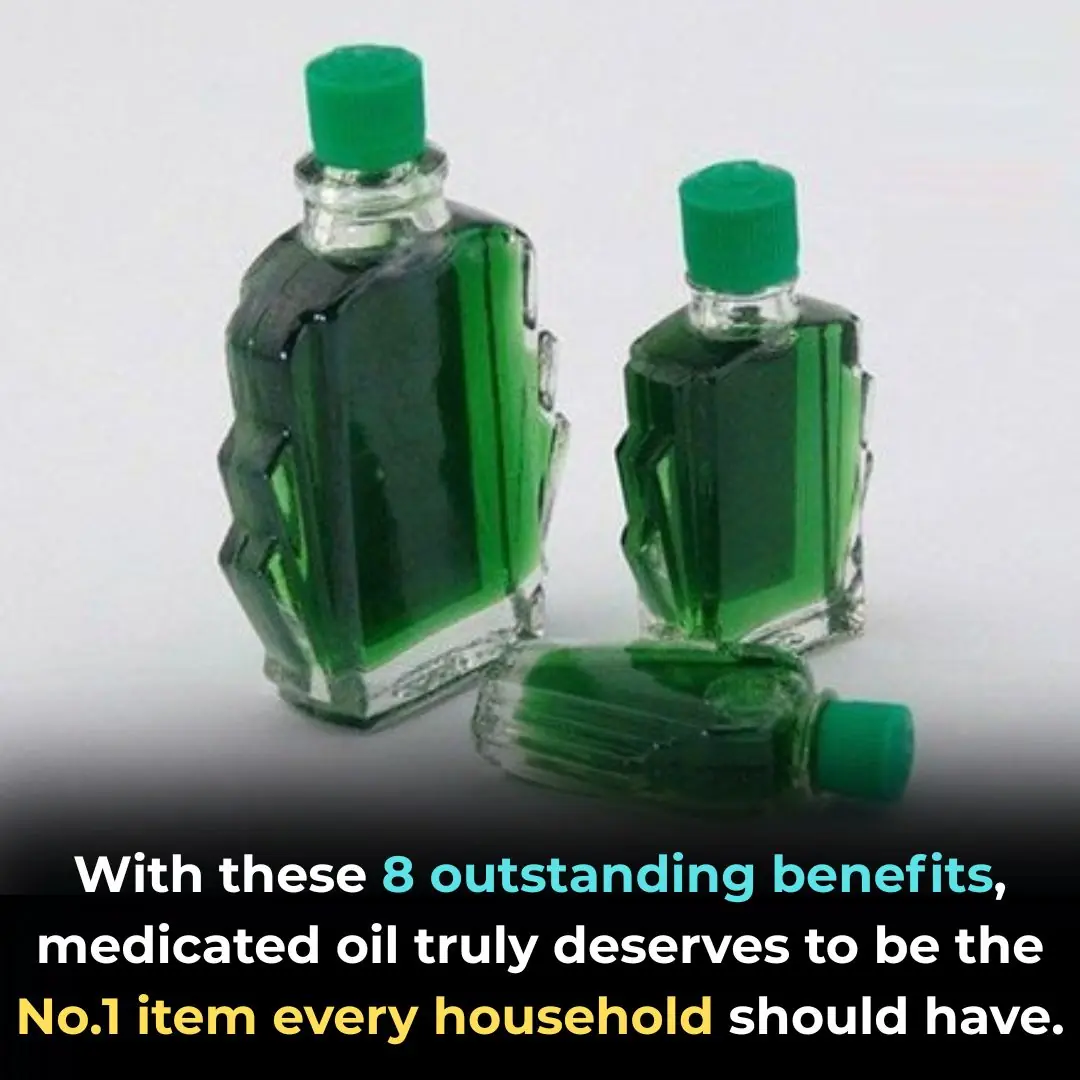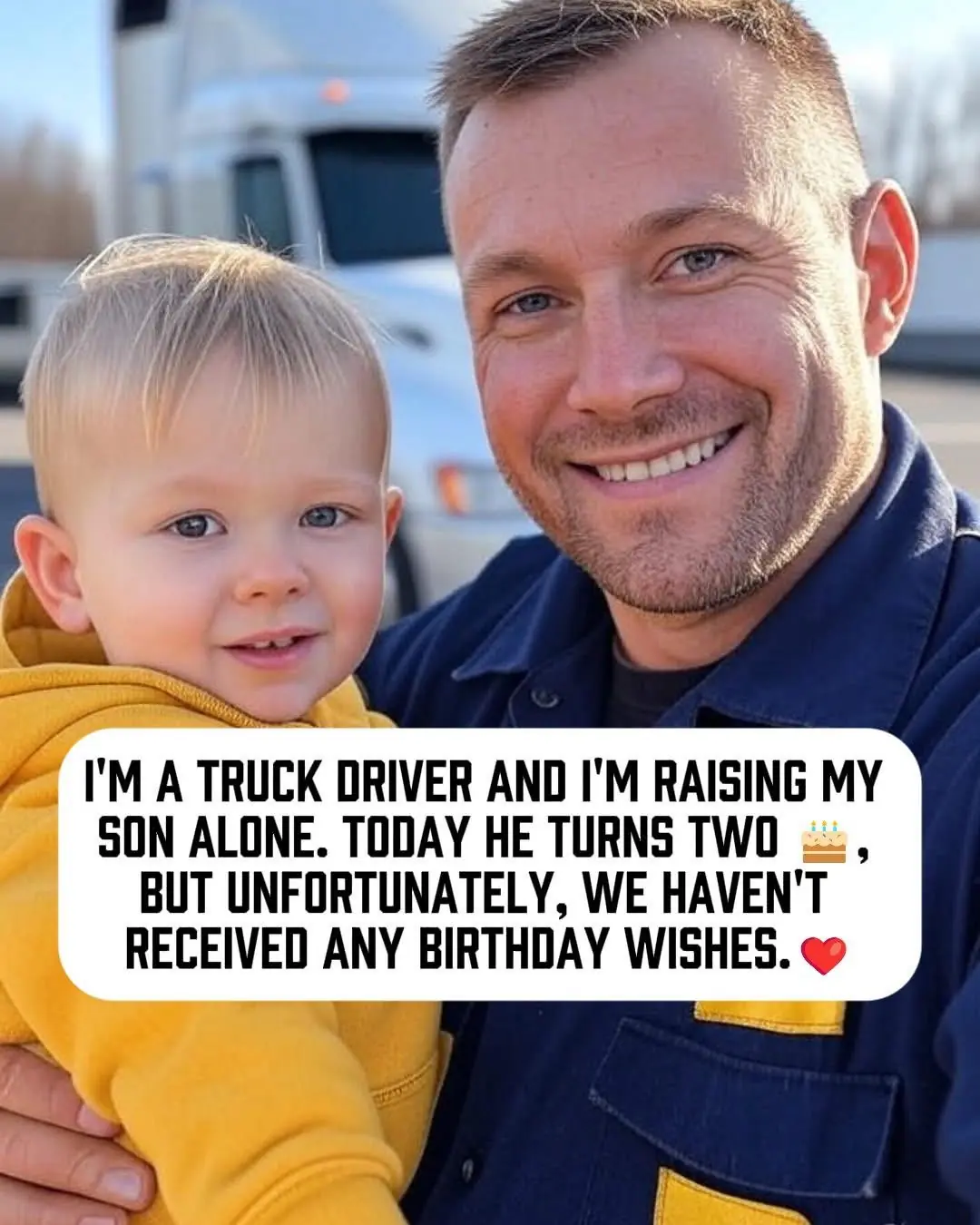
Ten Years Later: Alice’s Stem Cell Rescue and the Fight for Better Childhood Cancer Treatment
Ten Years of Grace: Alice’s Journey from the Brink of Death to a Decade of Life
Ten years ago, a little girl named Alice stood on the razor’s edge between life and death. At just five years old, she had already endured more suffering than most adults will ever know—endless rounds of chemotherapy, sleepless nights in sterile hospital rooms, and the haunting uncertainty of a diagnosis that threatened to steal her future before it had even begun.
Her mother remembers every detail as if it were yesterday. “Ten years ago today, Alice’s life was saved,” she says quietly. “Just a week earlier, she had received what the doctors called a lethal dose of chemotherapy. They told us the amount was ‘not compatible with life.’”
That chemotherapy was part of a dangerous but deliberate strategy. Its purpose was to obliterate Alice’s bone marrow and immune system completely—wiping her body clean so that an experimental immunotherapy could stand a better chance. It was a brutal gamble. Without her bone marrow, Alice would not survive on her own. The only hope lay in the stem cells harvested from her earlier that spring. On this very day ten years ago, those precious cells were returned to her in what doctors called a stem cell transplant.
But to Alice’s mother, the word transplant never felt right. “In truth,” she explained, “it’s a stem cell rescue. They take your child to the brink of death just to pull them back again. You watch them disappear, praying they’ll return.”
Alice was one of the last children at her hospital to undergo a single transplant for neuroblastoma. Soon after, national cancer research groups began recommending tandem transplants—two back-to-back procedures—because early studies showed slightly better survival rates. “I can’t imagine doing it twice,” her mother admitted, shaking her head. “Once was almost more than we could bear.”
The treatment that saved Alice also left deep and lasting scars. The same chemotherapy that eradicated her cancer cells also destroyed the microscopic hairs inside her ears, leaving her with permanent hearing loss. It was a cruel trade-off: life at the expense of sound. Yet, as her mother says, “Every day I hear her laughter, even if she can’t hear all of mine.”
From August 24 to September 24, 2015, Alice lived inside the walls of her hospital room, her fragile body trying to rebuild itself from within. It was a month suspended between hope and heartbreak—nurses whispering encouragement, parents sleeping in chairs, machines beeping through the night. And then, miraculously, her tiny body began to respond. Her marrow started to grow. Her blood counts began to rise. Her body, against all odds, remembered how to live.
A decade later, Alice is still here—bright, funny, and fiercely strong. She loves to draw, to dance, and to tell stories about her cat. To meet her today, you might never guess how close she once came to dying. Her life stands as living proof of what science, faith, and love can achieve when they work together. But her story also reminds us that the fight against childhood cancer is far from over.
“This is why September matters,” her mother emphasizes. September is Childhood Cancer Awareness Month, a time when families like theirs speak out—asking for recognition, funding, and change. But for them, awareness has never been enough.
“These kids need better treatments,” she says firmly. “We can’t keep relying on parents to sell lemonade or organize charity walks just to fund basic research. It shouldn’t depend on who can raise the most money—it should be a national priority.”
The frustration runs deep. Cancer has been studied for centuries, and yet cures—especially for children—remain painfully elusive. “Be more than aware,” Alice’s mother urges. “Get angry. Childhood cancer isn’t something you can prevent. How can we still not have a cure?”
Alice’s story reflects both the triumphs and limitations of modern medicine. Ten years ago, stem cell rescue gave her another chance at life. But the cost—her hearing, months of isolation, the trauma etched into her family’s memory—shows just how urgently safer and more effective treatments are needed.
For her family, this ten-year milestone is both joyful and bittersweet. They celebrate how far she has come while remembering every child who didn’t get the same miracle. “Every time we celebrate Alice’s life,” her mother says softly, “we think of the friends she made in the hospital—the ones who aren’t here to celebrate theirs.”
Each year, on the anniversary of her transplant—what her family calls her heartiversary—they light candles, share memories, and give thanks. It’s a day filled with gratitude, but also resolve. A day to honor survival while demanding better futures for every child still fighting.
Because as Alice’s voice grows stronger, so does her message: survival should not come at such a terrible price. These children deserve more than rescue—they deserve a cure.
News in the same category

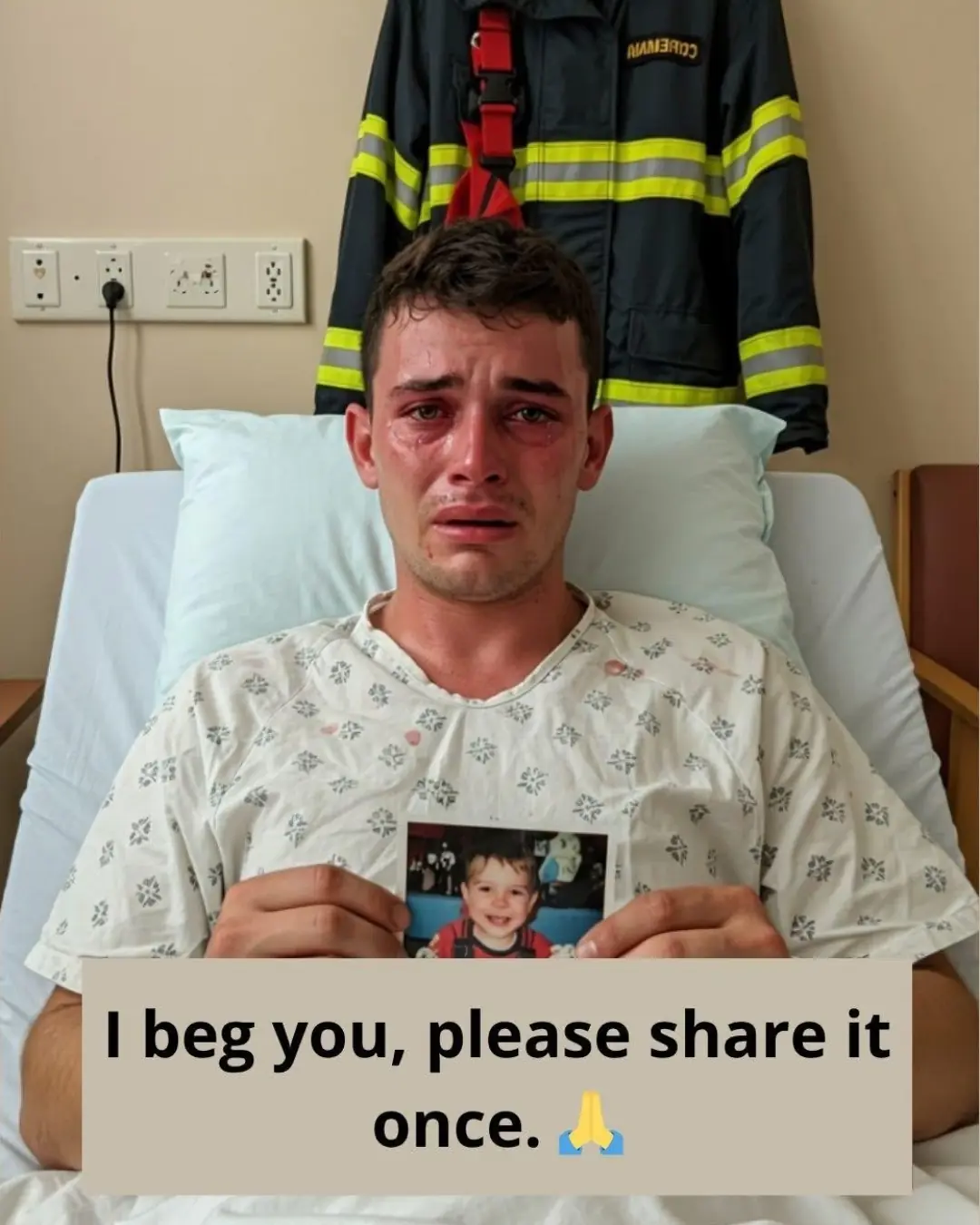
Antonio: The Firefighter Who Paid the Price of Courage
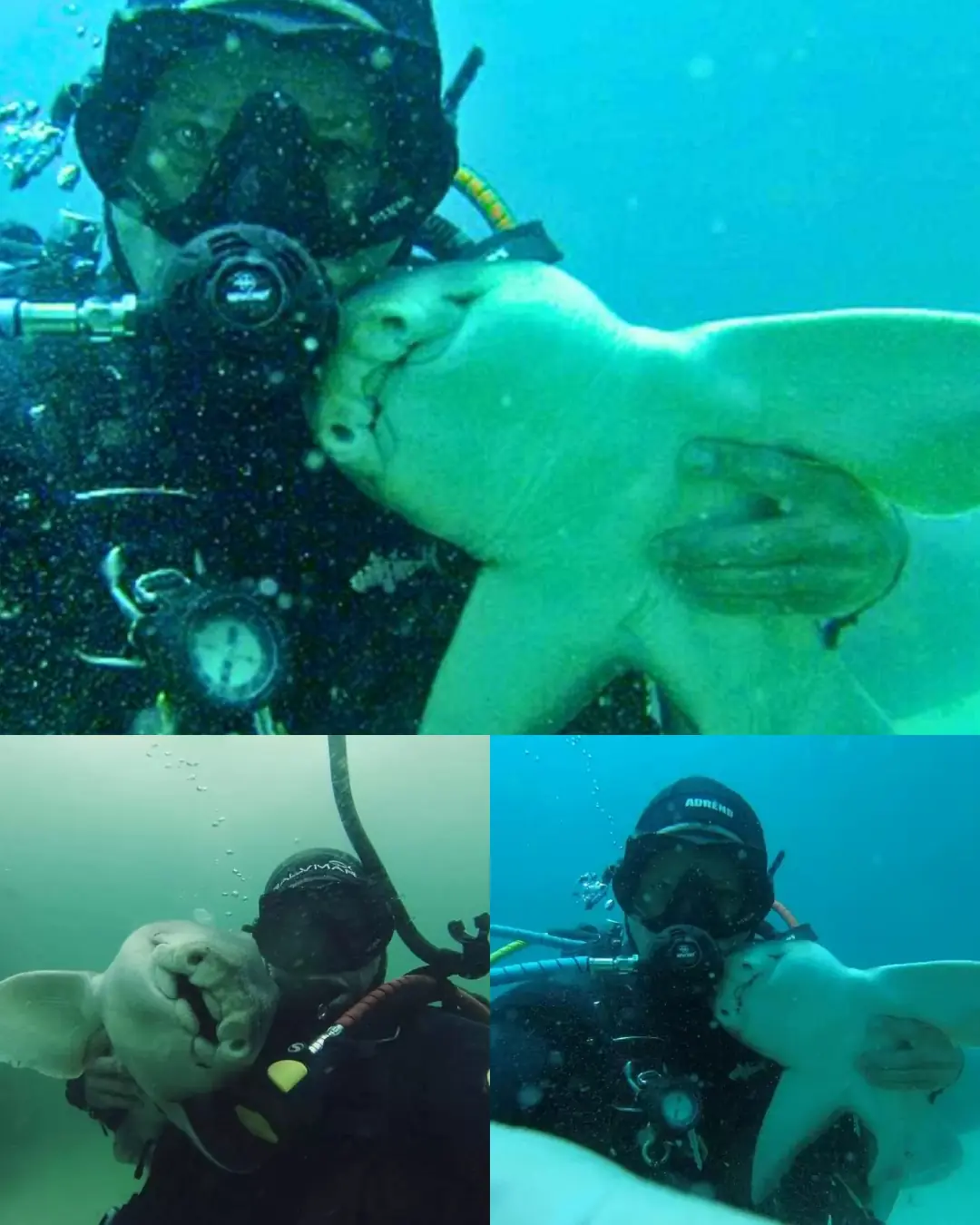
The Diver and His Shark: A Friendship Beneath the Waves
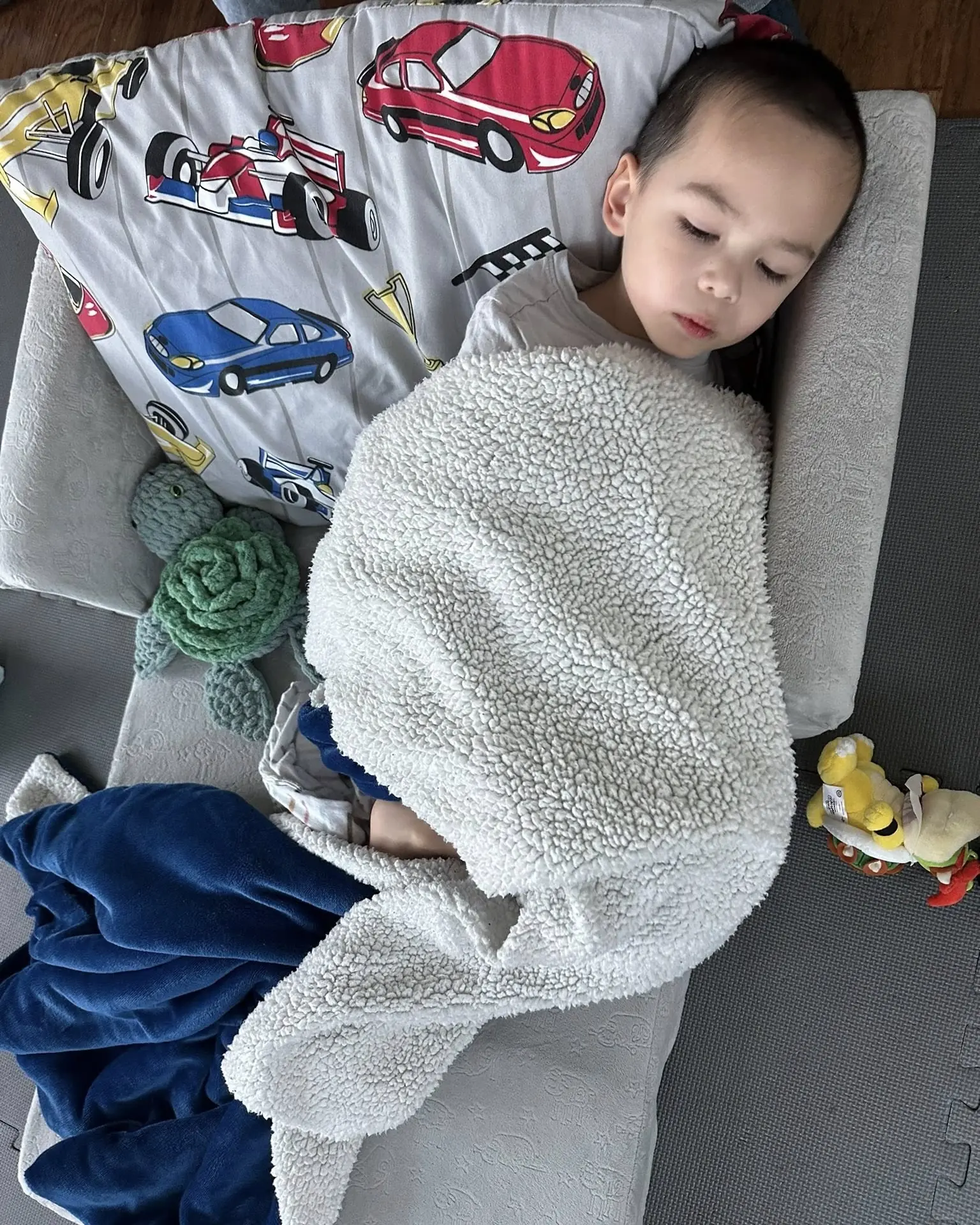
Caspian’s Setback: A Hard Day in the Fight Against Illness
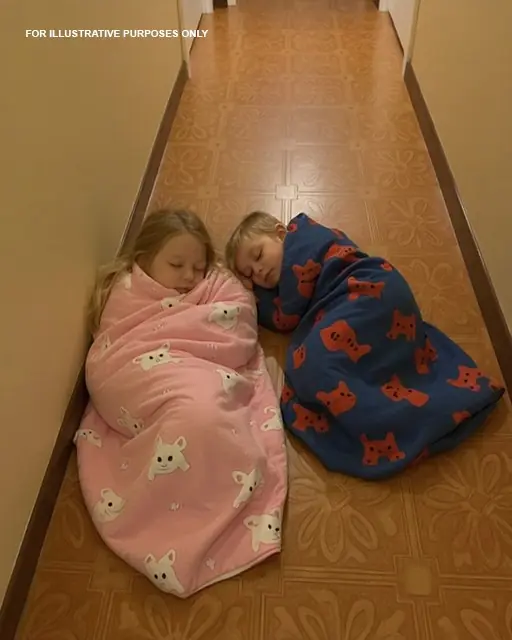
I Came Home to Find My Kids Sleeping in the Hallway — What My Husband Did to Their Bedroom Left Me Furious
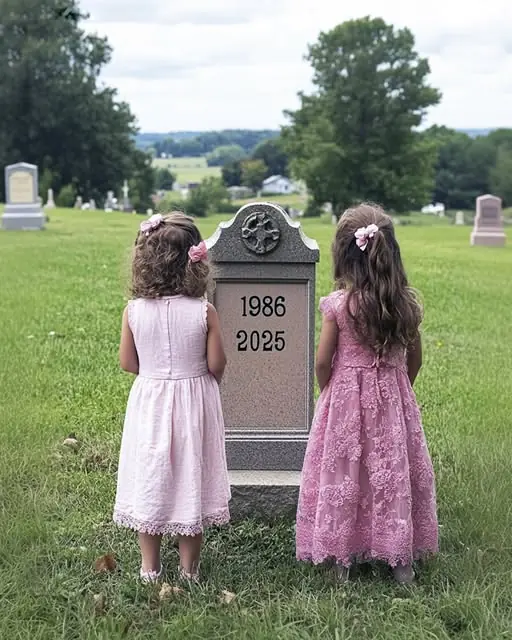
Girls Visit Dad’s Grave to ‘Show’ Their New Dresses as He Asked, See 2 Boxes with Their Names – Story of the Day
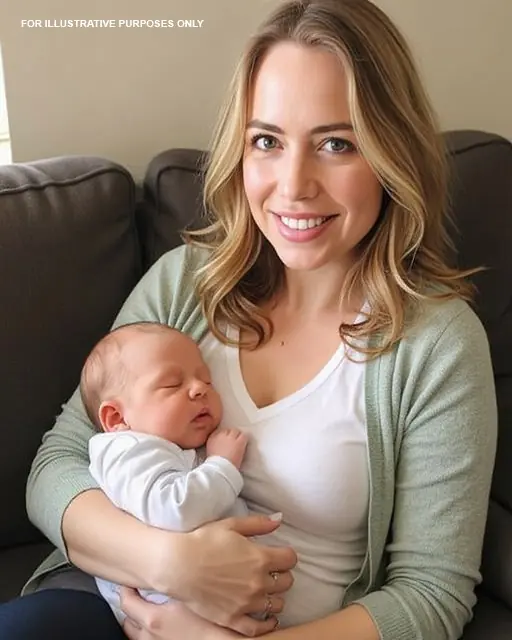
My Husband and In-Laws Demanded a DNA Test for Our Son — I Said Yes, but on One Condition
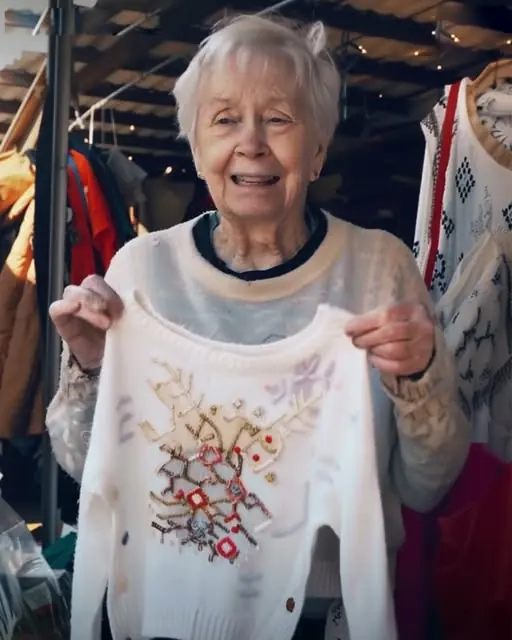
Grandma Saw the Sweater She Knitted for Her Granddaughter Donated and Decided It Was Time for a Talk About Appreciation — Story of the Day
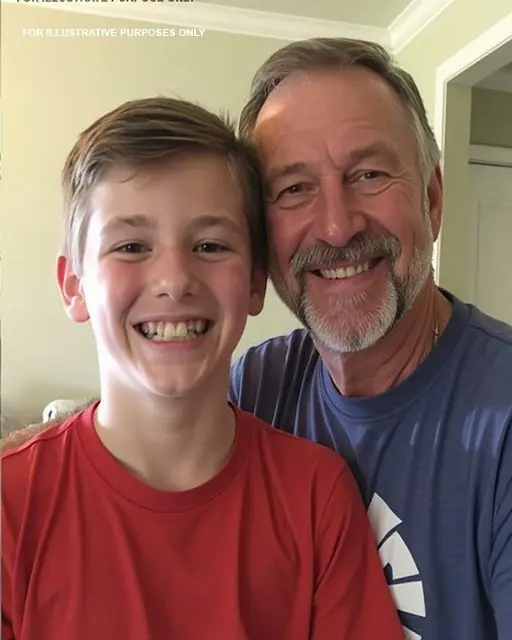
My Ex-Wife Wanted Me to Give the Money I Saved for Our Late Son to Her Stepson — My Response Left Her and Her New Husband Speechless
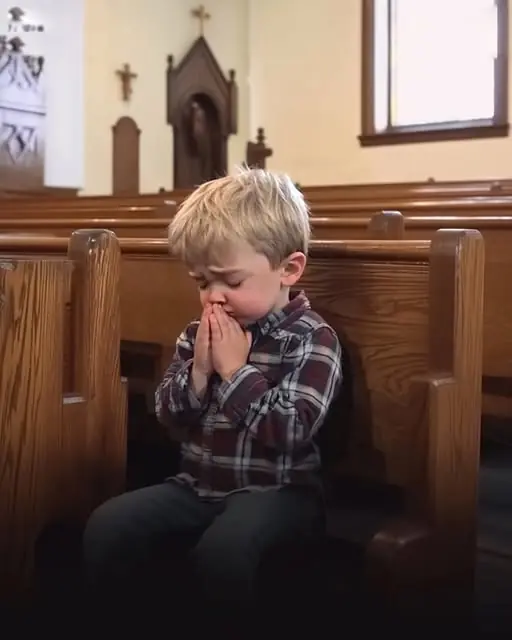
Little Orphan Prays in Church for Mom to Come for Him, ‘I’ll Take You,’ He Hears One Day – Story of the Day
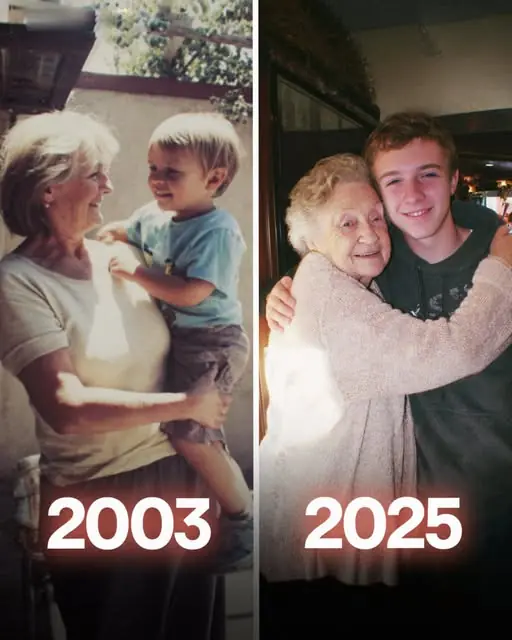
My SIL Abandoned His Son with Me – 22 Years Later He Returned and Was Shocked to Find an Empty, Neglected House
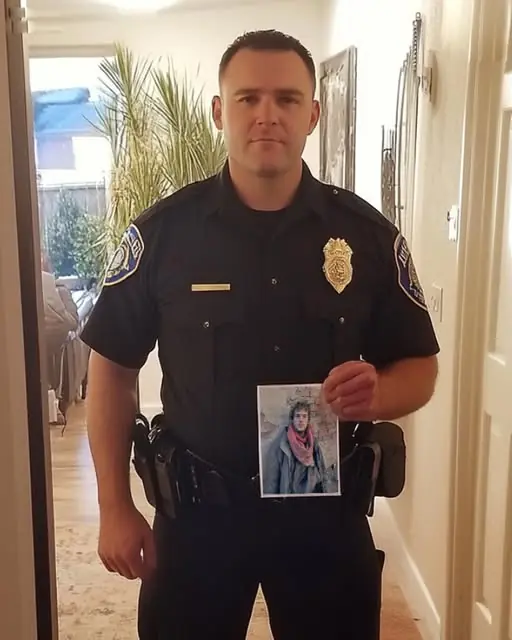
I Helped a Homeless Man Fix His Shoes Outside a Church, 10 Years Later, a Policeman Came to My House with His Photo
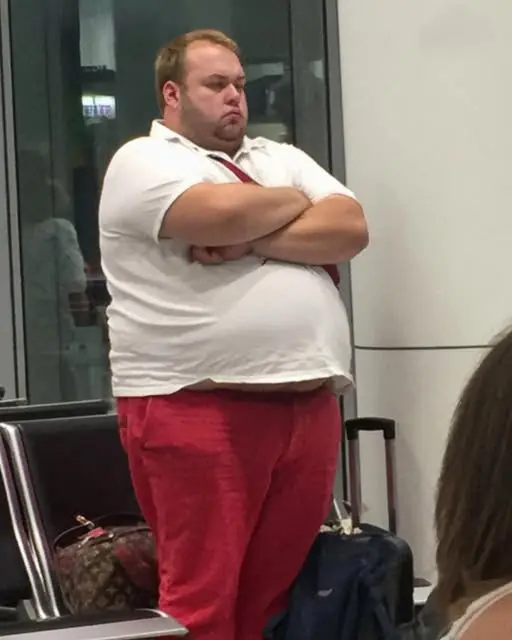
I Got a Free First-Class Seat – My Entitled Brother Thought He Deserved It Just for Existing & My Family Took His Side
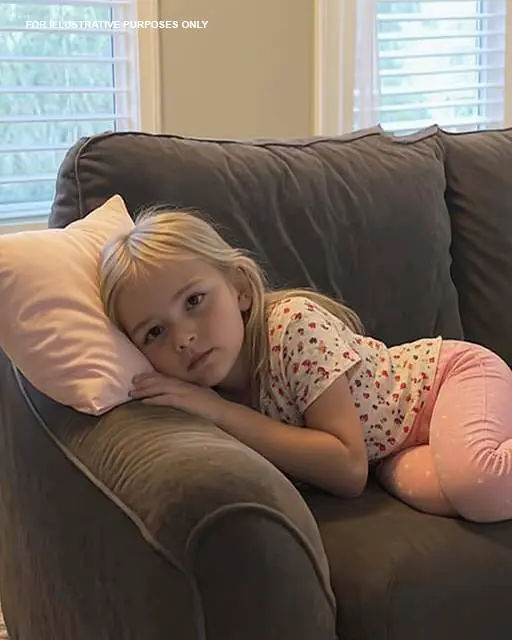
My 5-Year-Old Daughter Called Me at Work and Said, “Mom Left with Her Things and Told Me to Wait for You, Daddy.” My Heart Sank
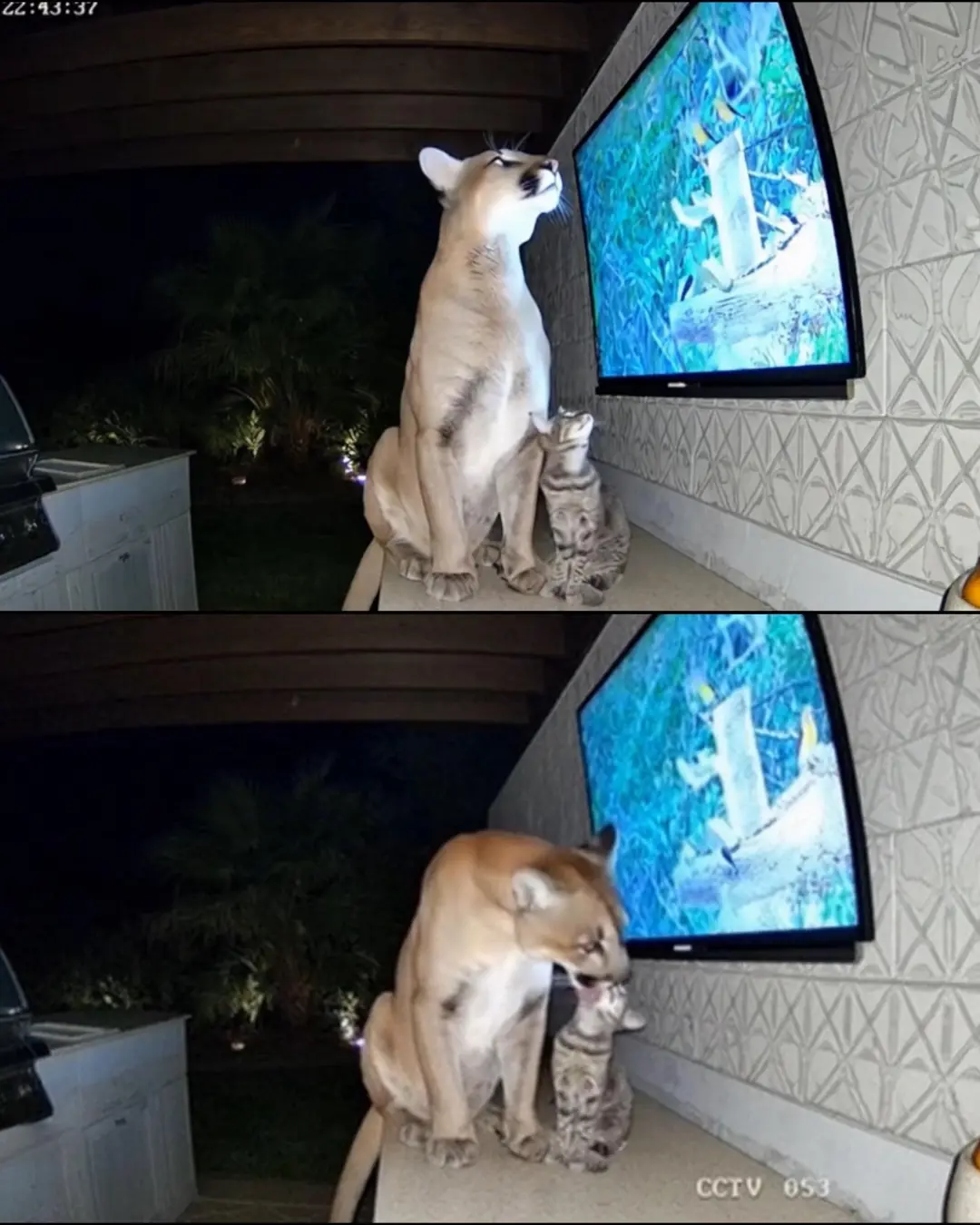
The Night the Wild Came Home: A Mountain Lion’s Gentle Visit
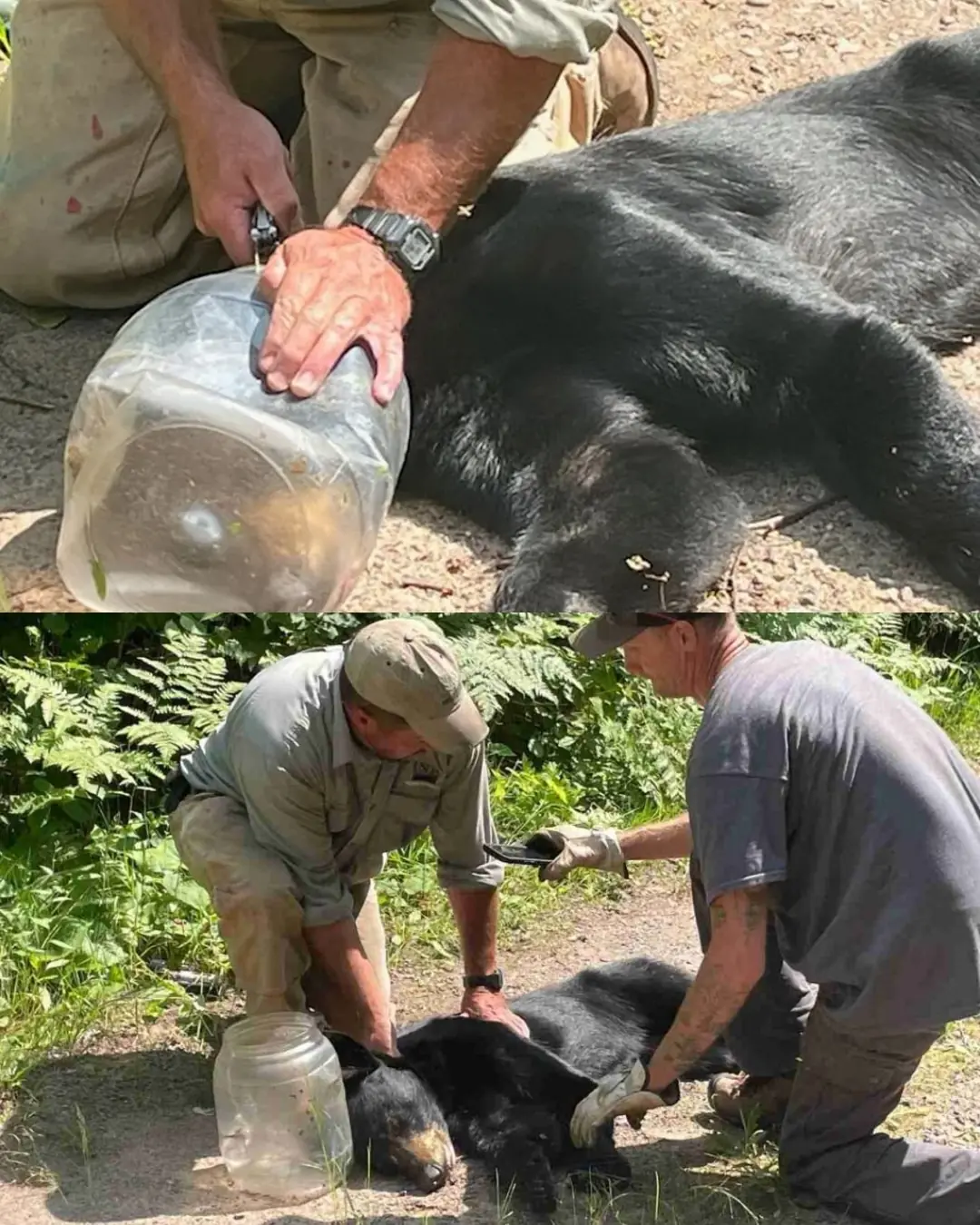
Wisconsin Black Bear Freed After Eight-Day Struggle with Plastic Jar on Her Head
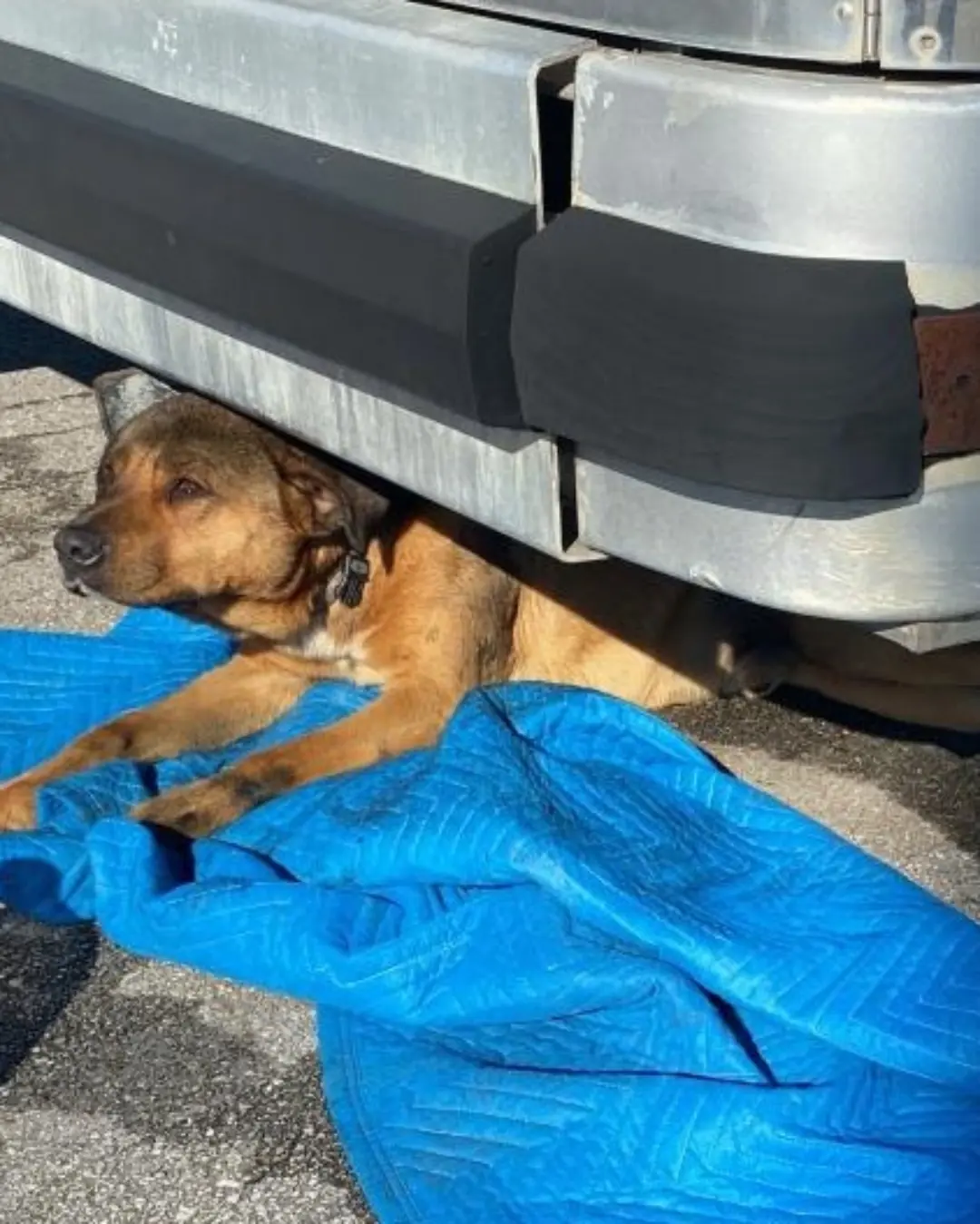
From Tragedy to Triumph: Paralyzed Dog Ward Takes His First Steps Toward Recovery
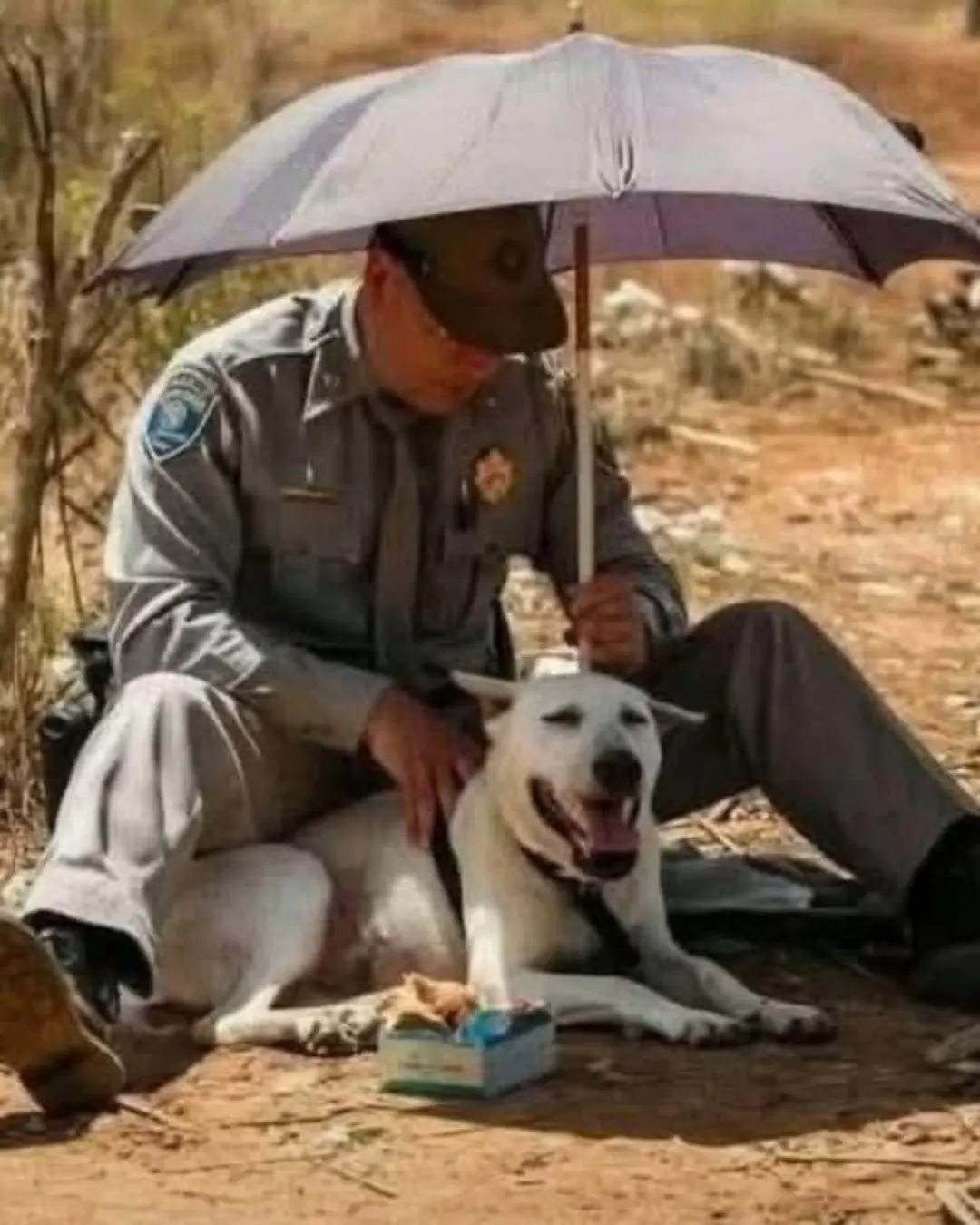
Tennessee Trooper Stops Traffic to Save a Dying Dog
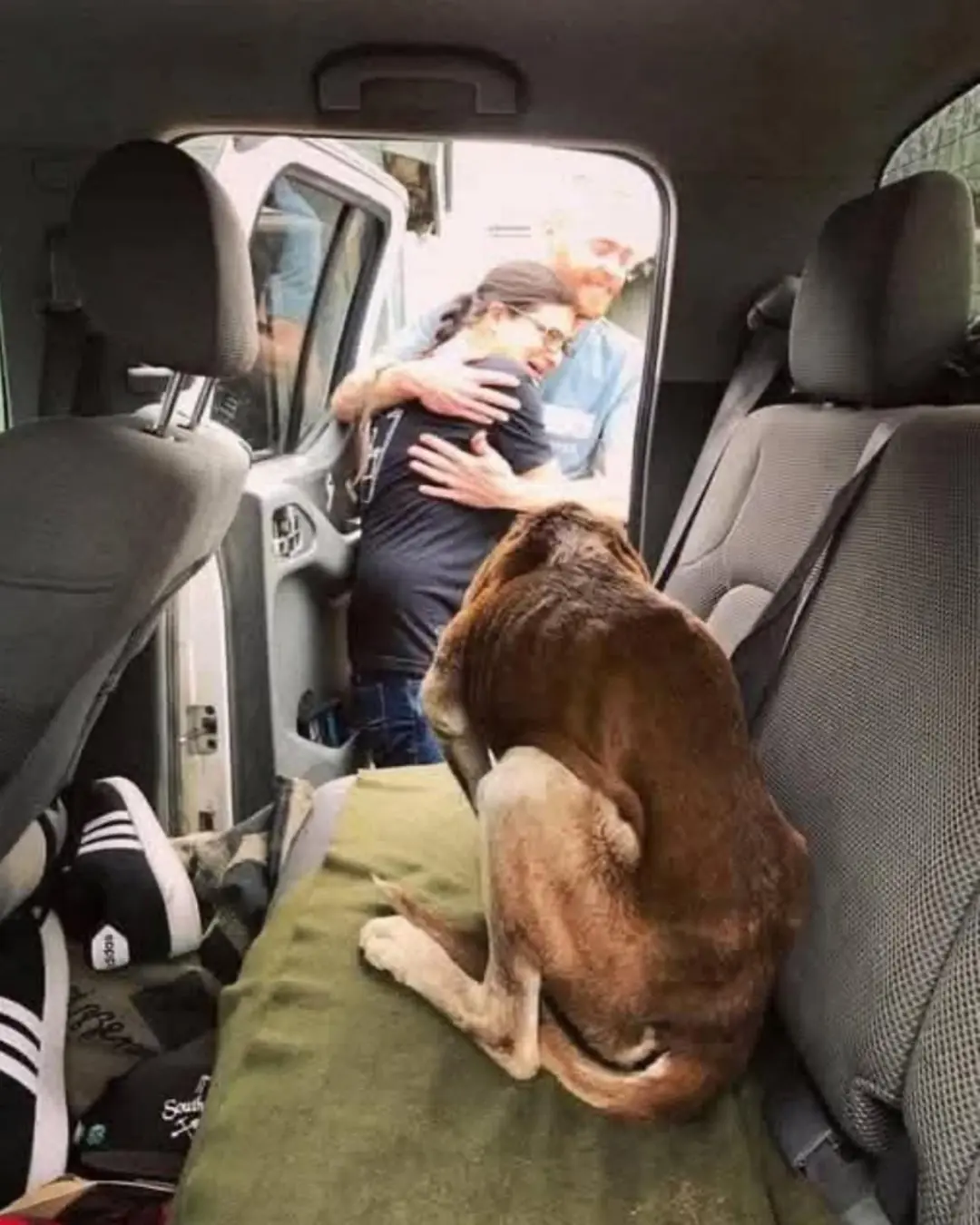
A Boy, a Cat, and a Moment That Stopped Time
News Post

How to make delicious beef steak at home: 5-star restaurant standard taste, eat once and miss it forever
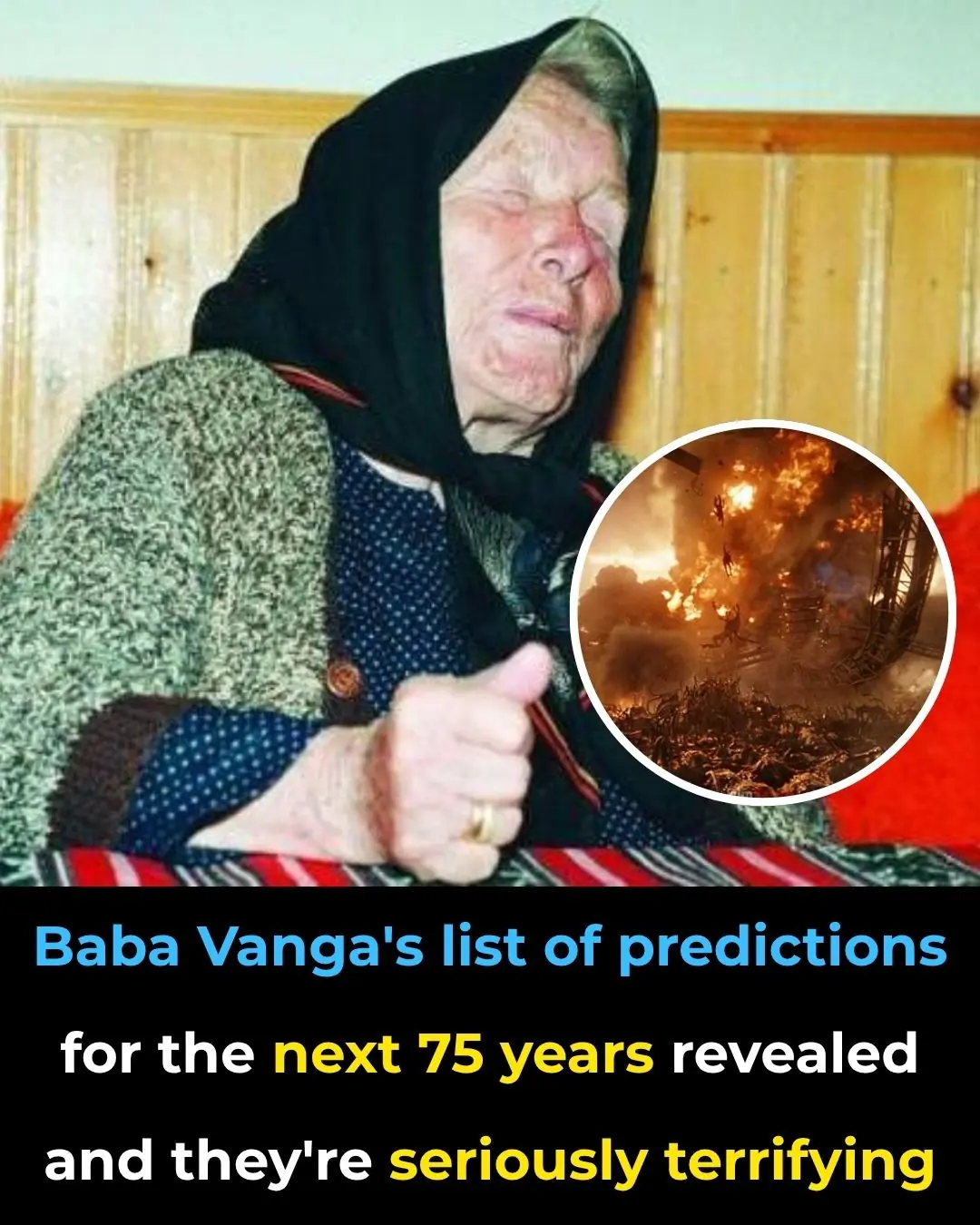
Baba Vanga’s List Of Predictions For The Next 75 Years Revealed And They’re Seriously Terrifying

Don't throw away air conditioner wastewater: It has 4 valuable uses that many people don't know about.

9 tips to completely get rid of cockroaches from your house using natural ingredients, without using chemicals
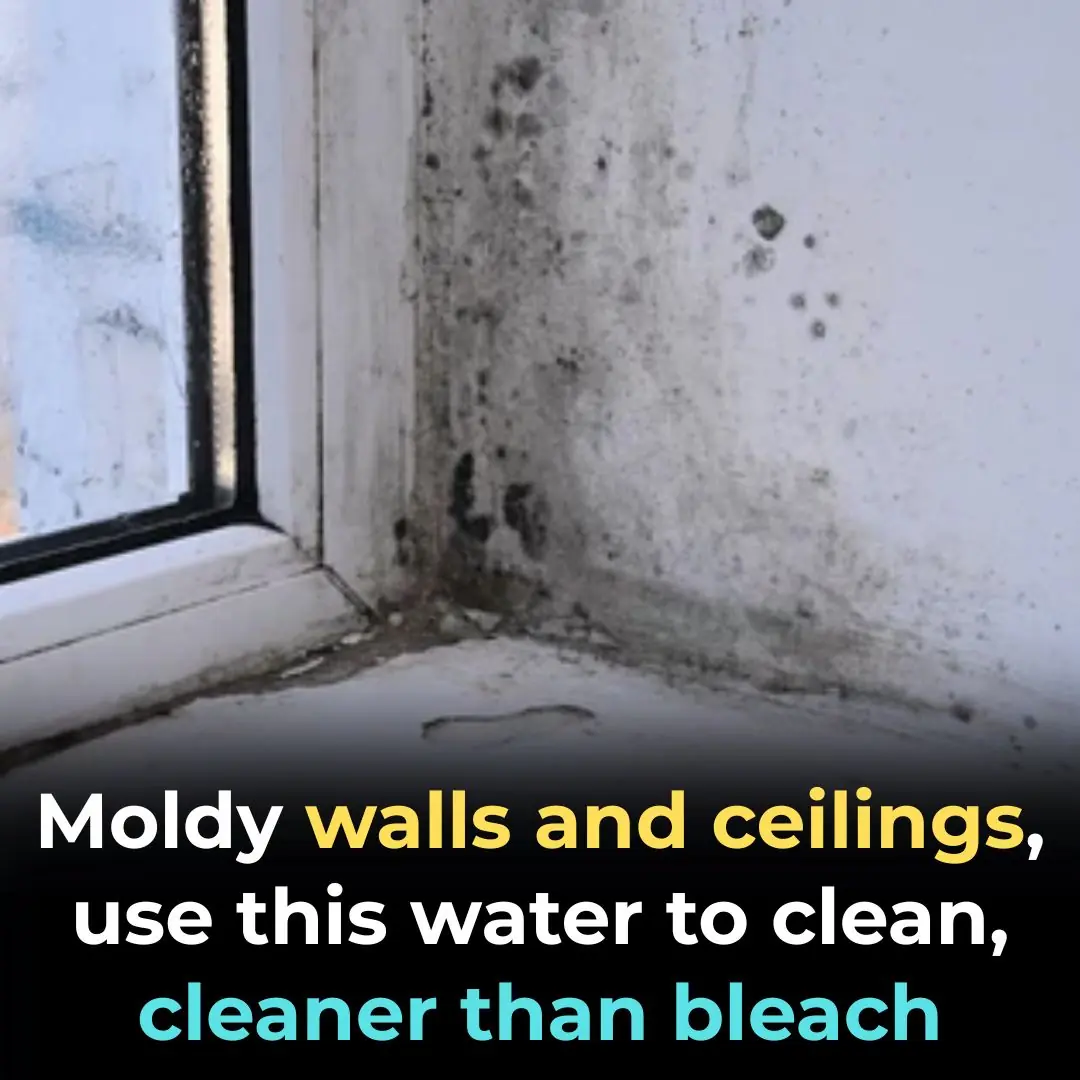
Moldy walls and ceilings, use this water to clean, cleaner than bleach
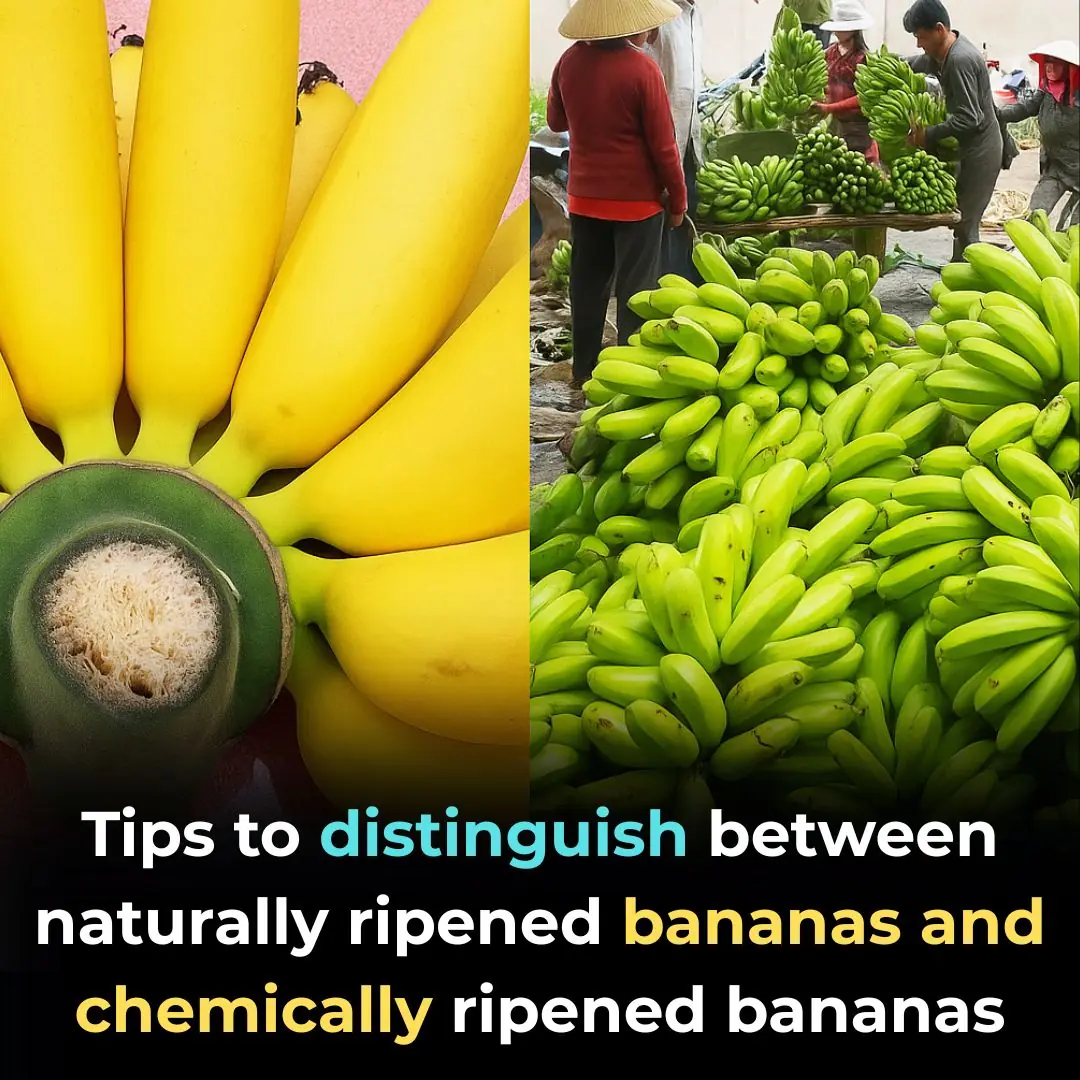
Tips to distinguish between naturally ripened bananas and chemically ripened bananas
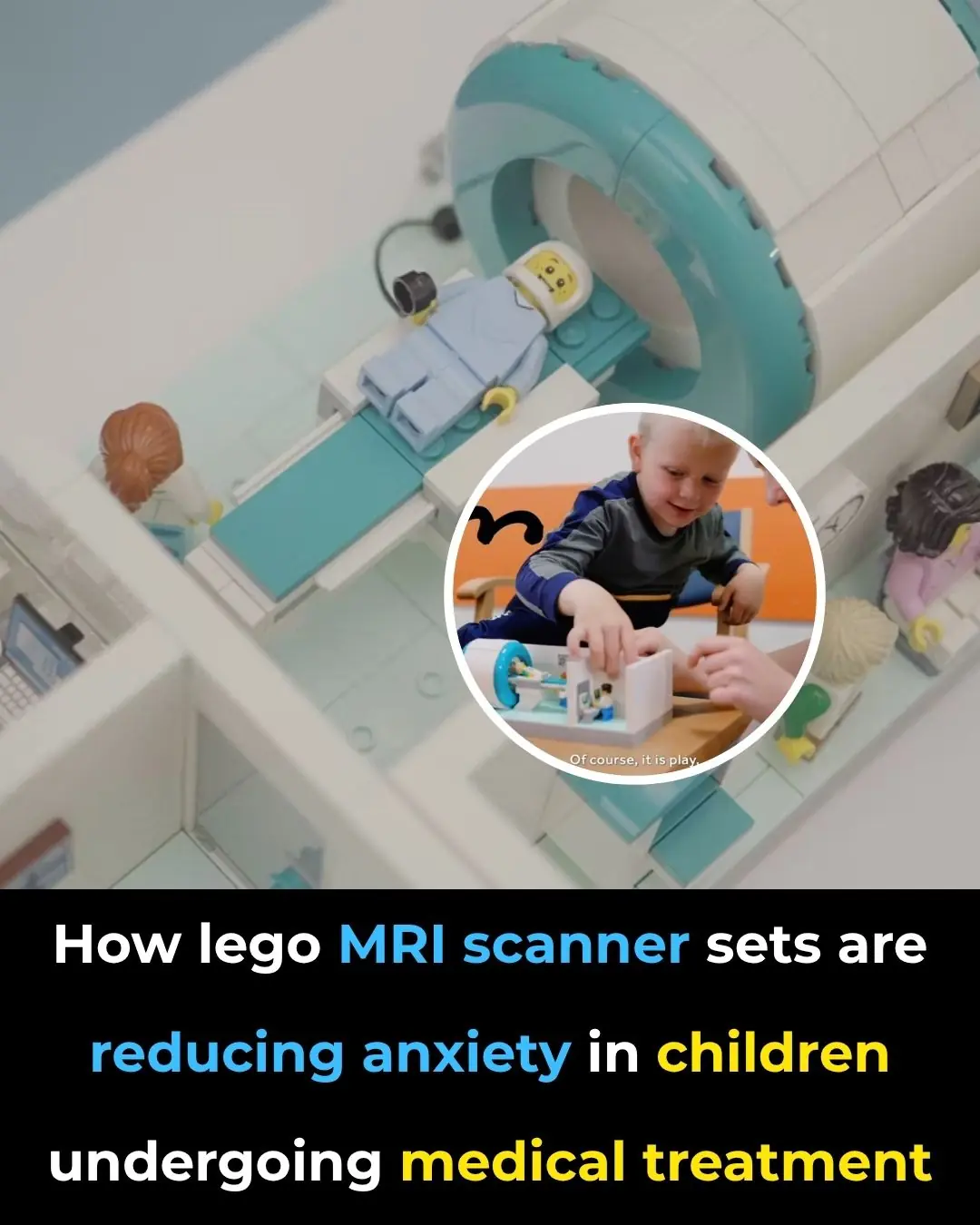
LEGO Builds Confidence in Young Patients Facing MRI Scans

Sweden Becomes the First Nation to Turn Travel Into Medicine — Doctors Can Now ‘Prescribe’ a Trip for Wellness
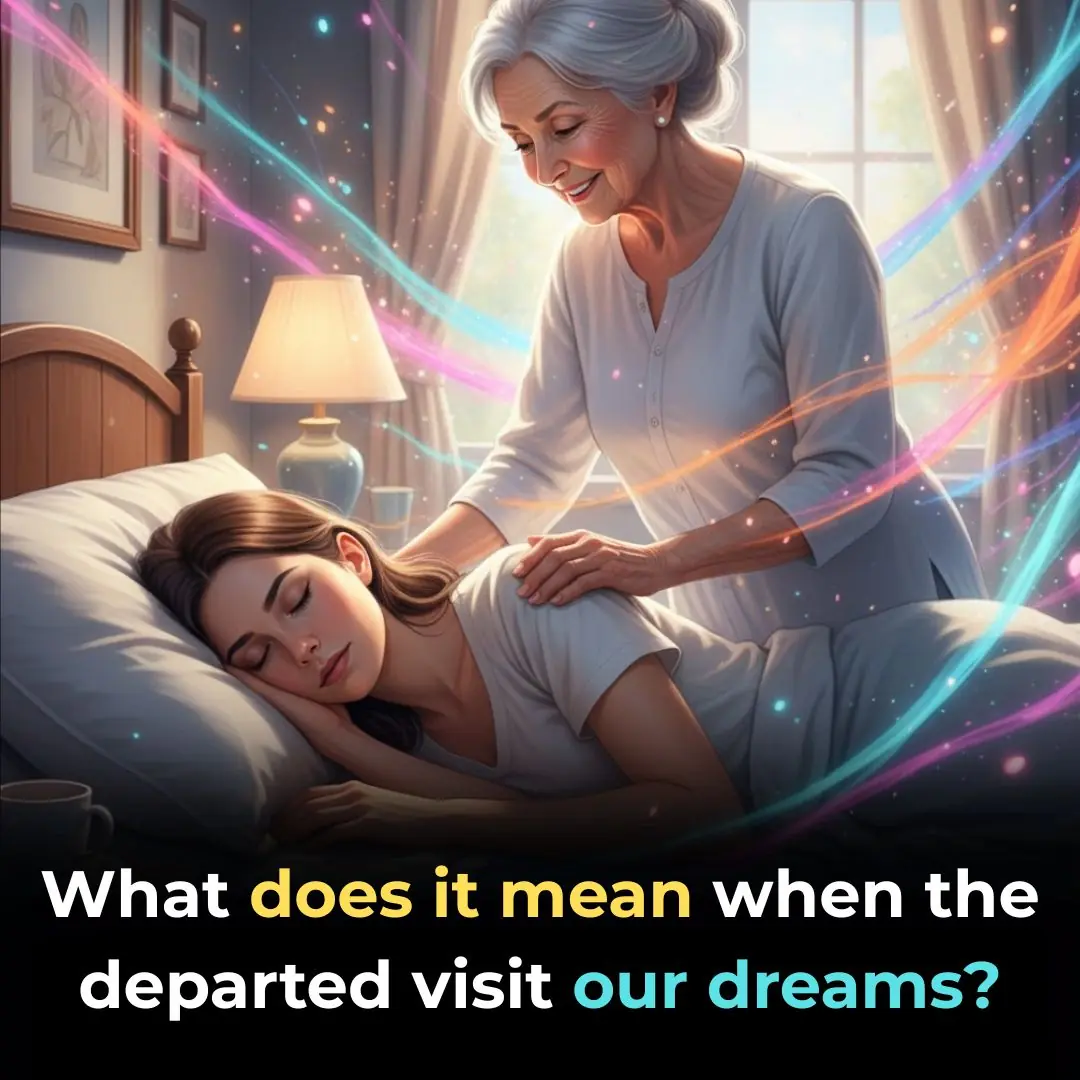
What Does It Mean When the Departed Visit Our Dreams?

Shaq’s Son Shaqir Pulls a $130K Stunt at Dad’s Expense. Here’s What He Did
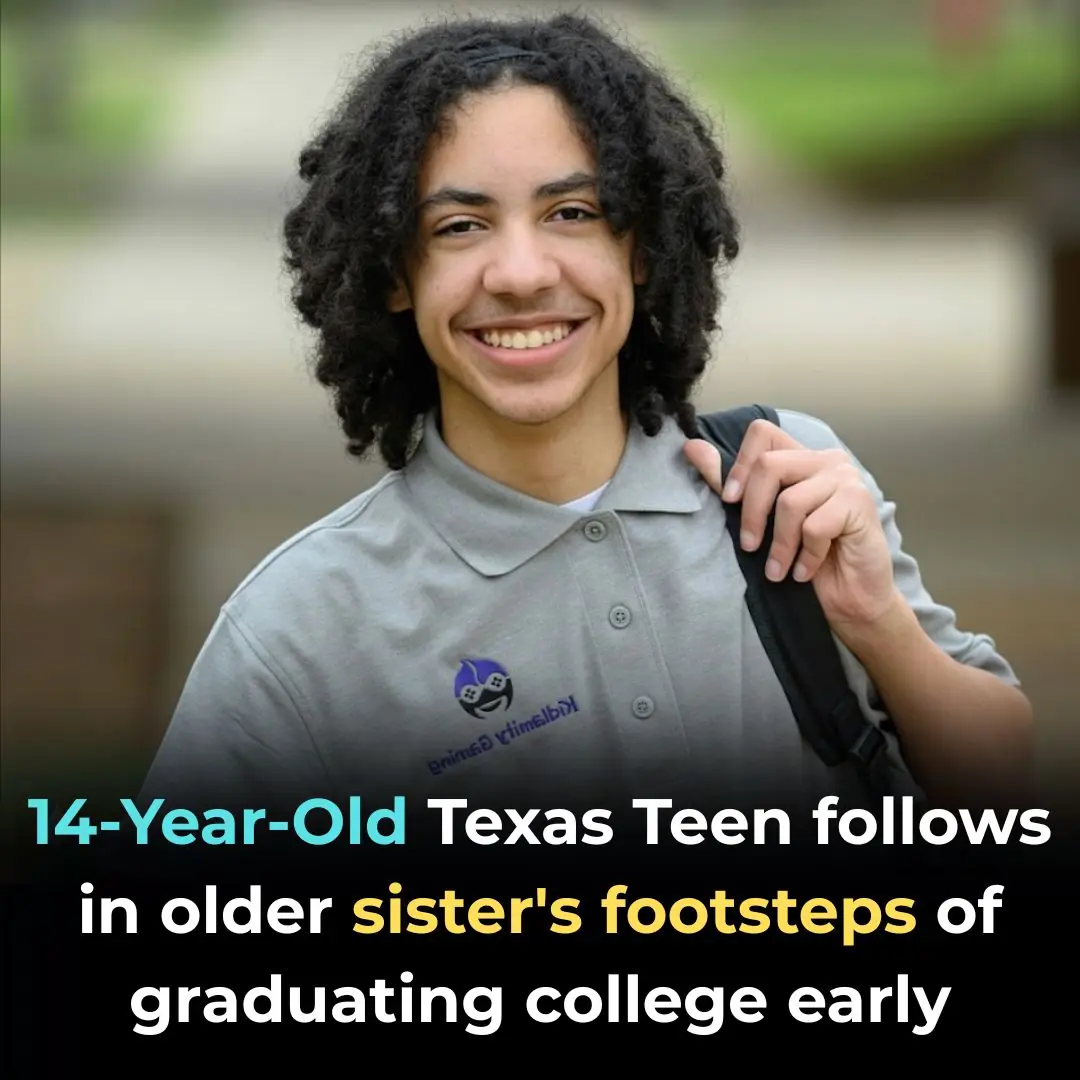
14-Year-Old Texas Teen Follows In Older Sister’s Footsteps Of Graduating College Early

A Father’s Love on the Open Road: Celebrating a Birthday Without Cake, But With Heart
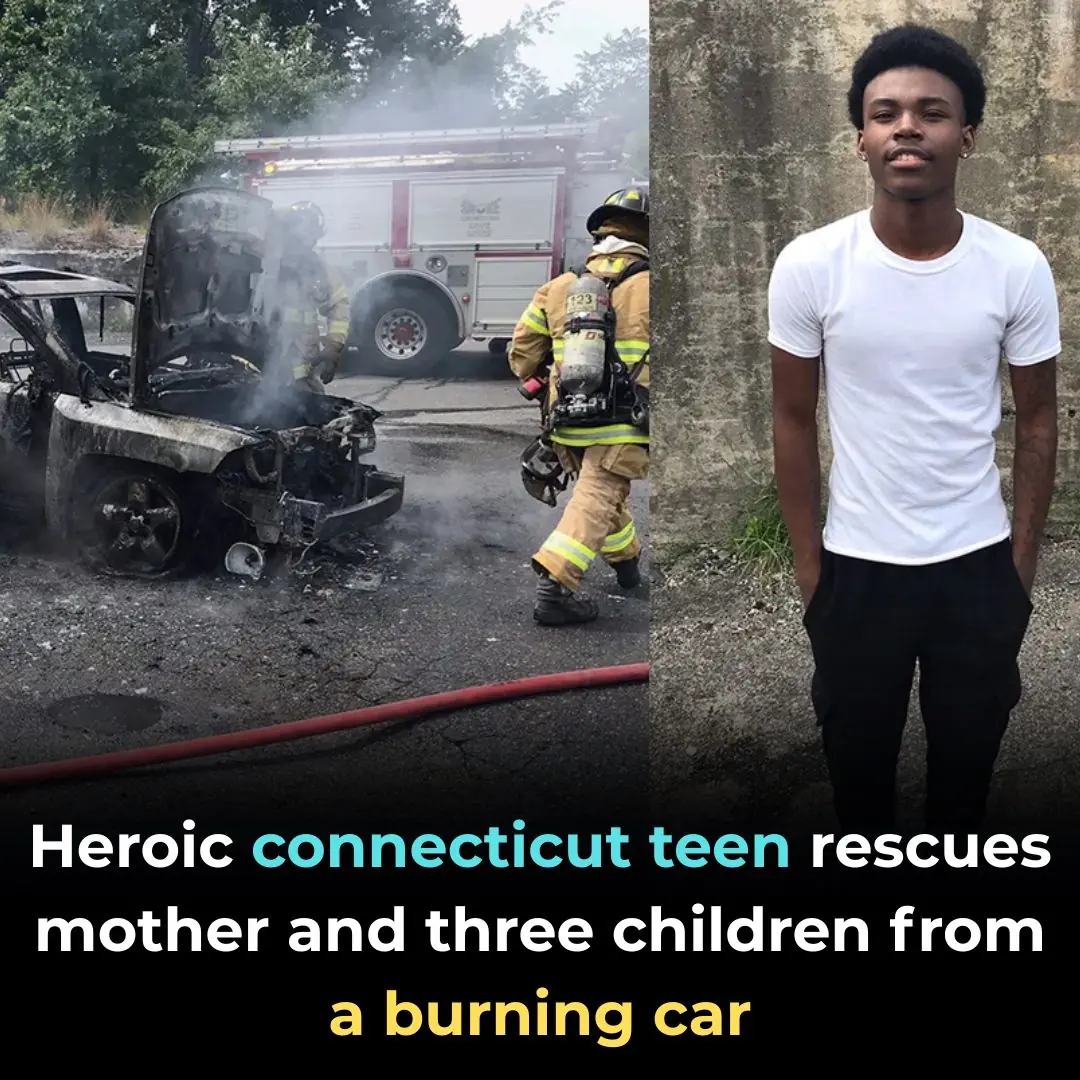
Heroic Connecticut Teen Rescues Mother and Three Children From A Burning Car
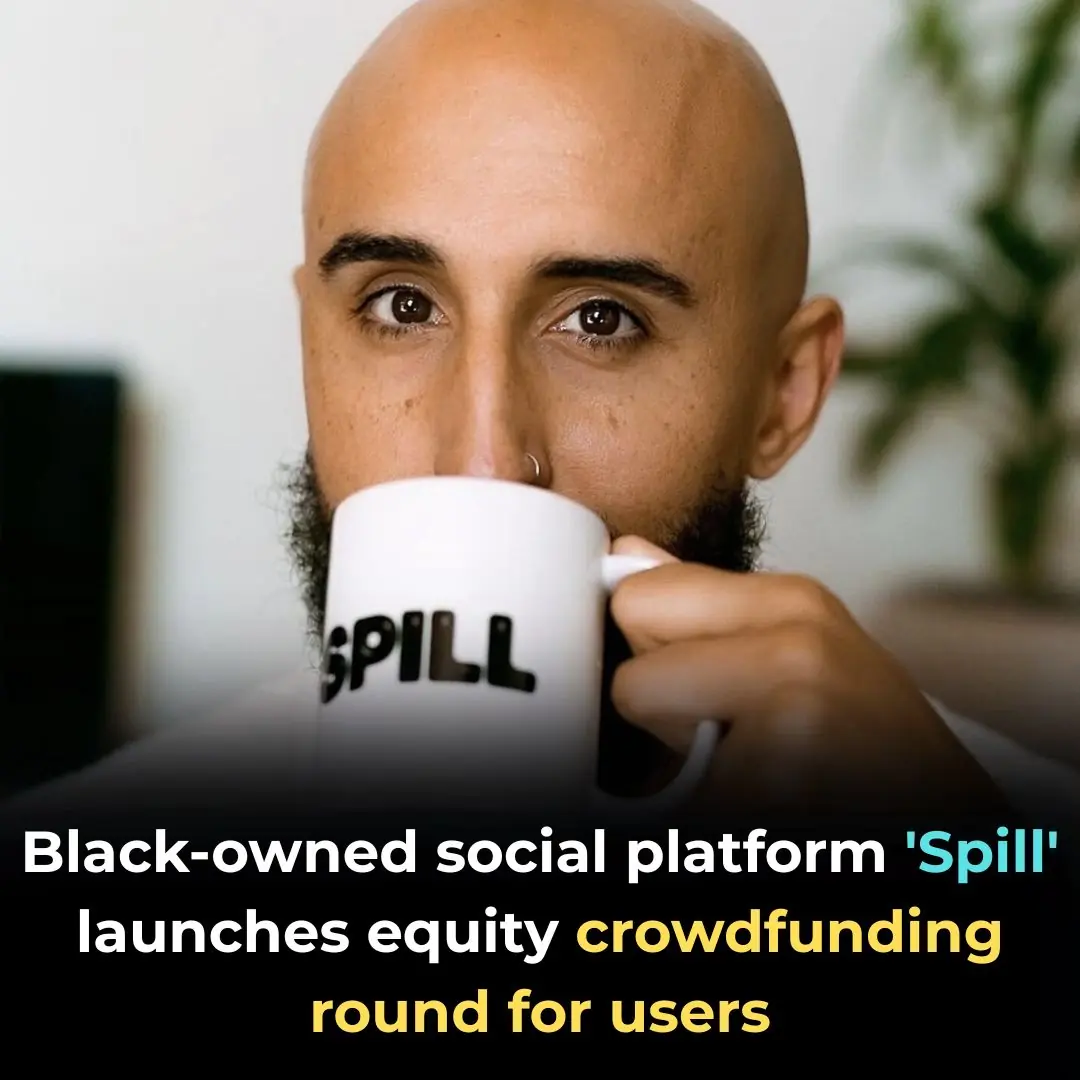
Black-Owned Social Platform ‘SPILL’ Launches Equity Crowdfunding Round for Users

Antonio: The Firefighter Who Paid the Price of Courage
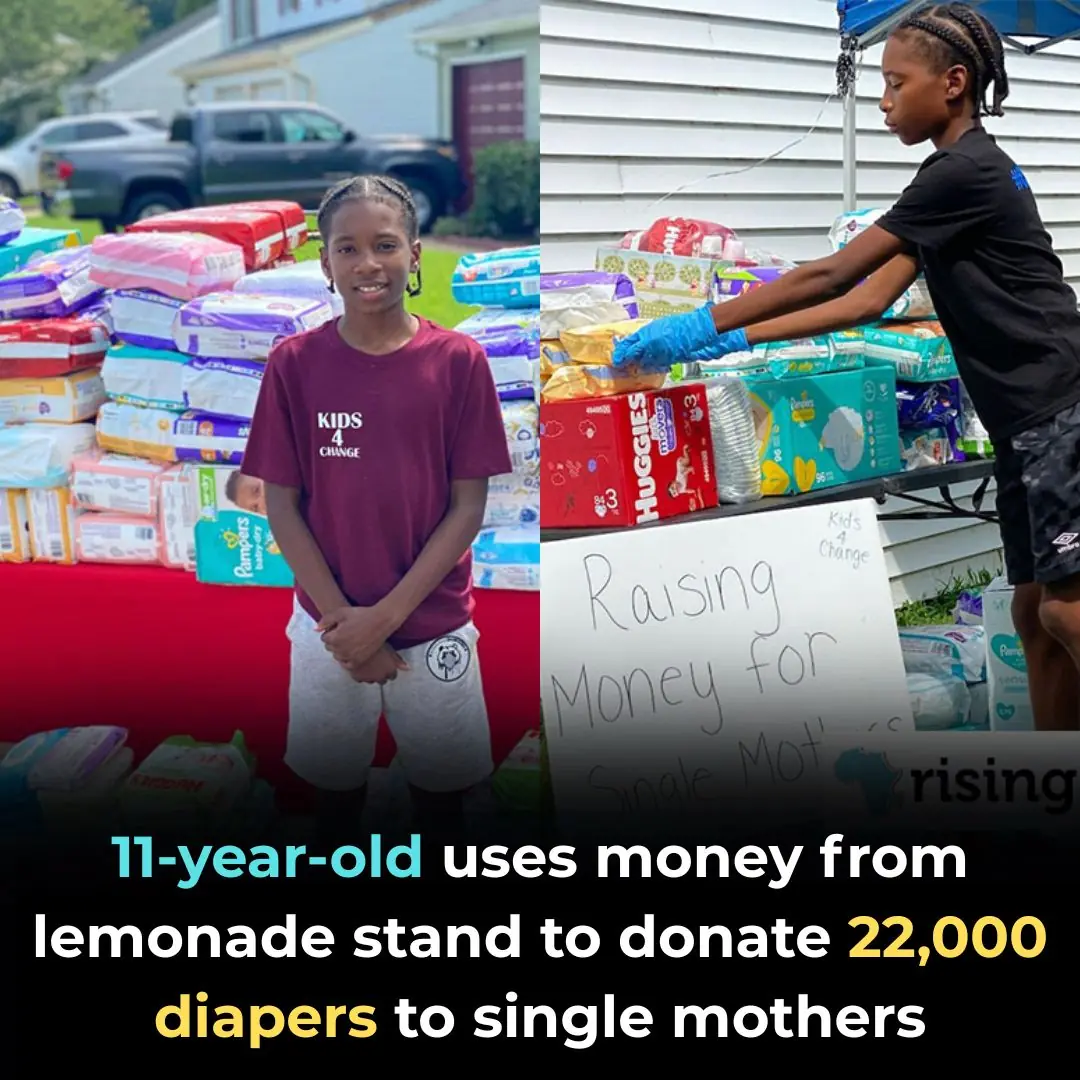
11-Year-Old Uses Money From Lemonade Stand To Donate 22,000 Diapers To Single Mothers
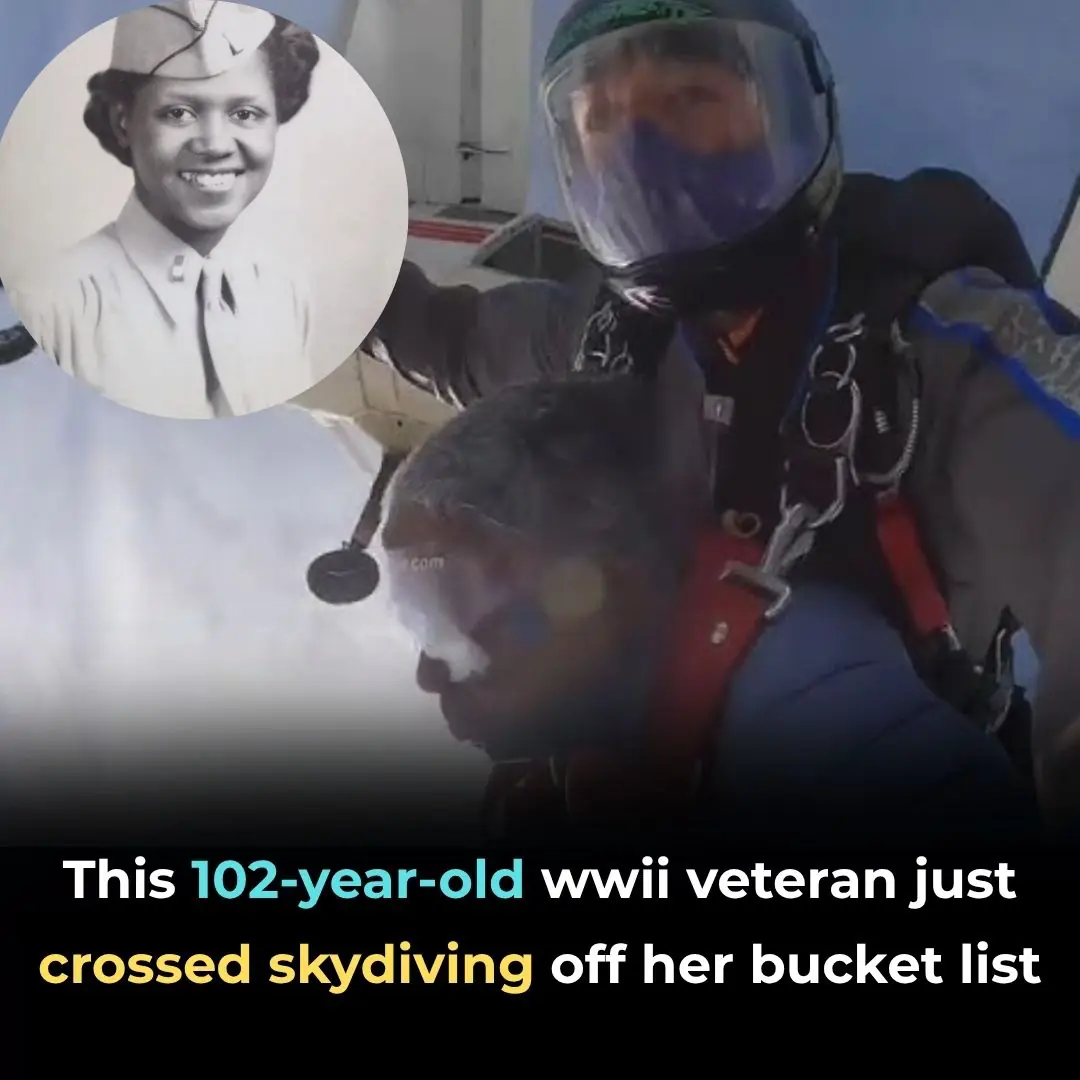
This 102-Year-Old WWII Veteran Just Crossed Skydiving Off Her Bucket List

The Diver and His Shark: A Friendship Beneath the Waves
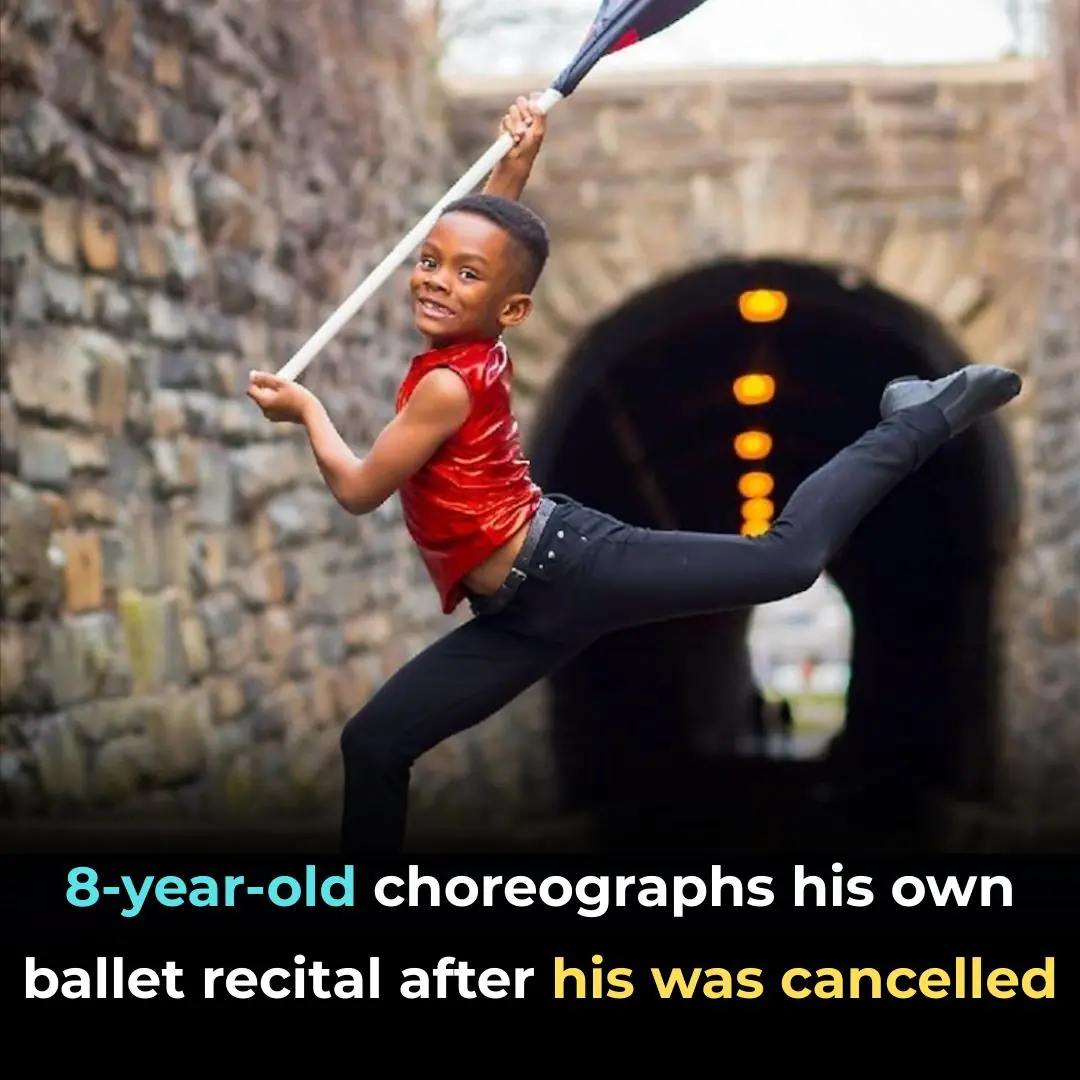
8-Year-Old Choreographs His Own Ballet Recital After His Was Cancelled
